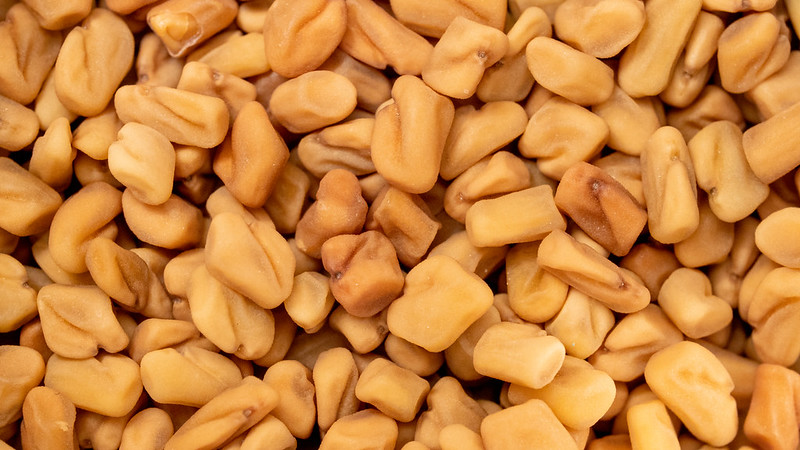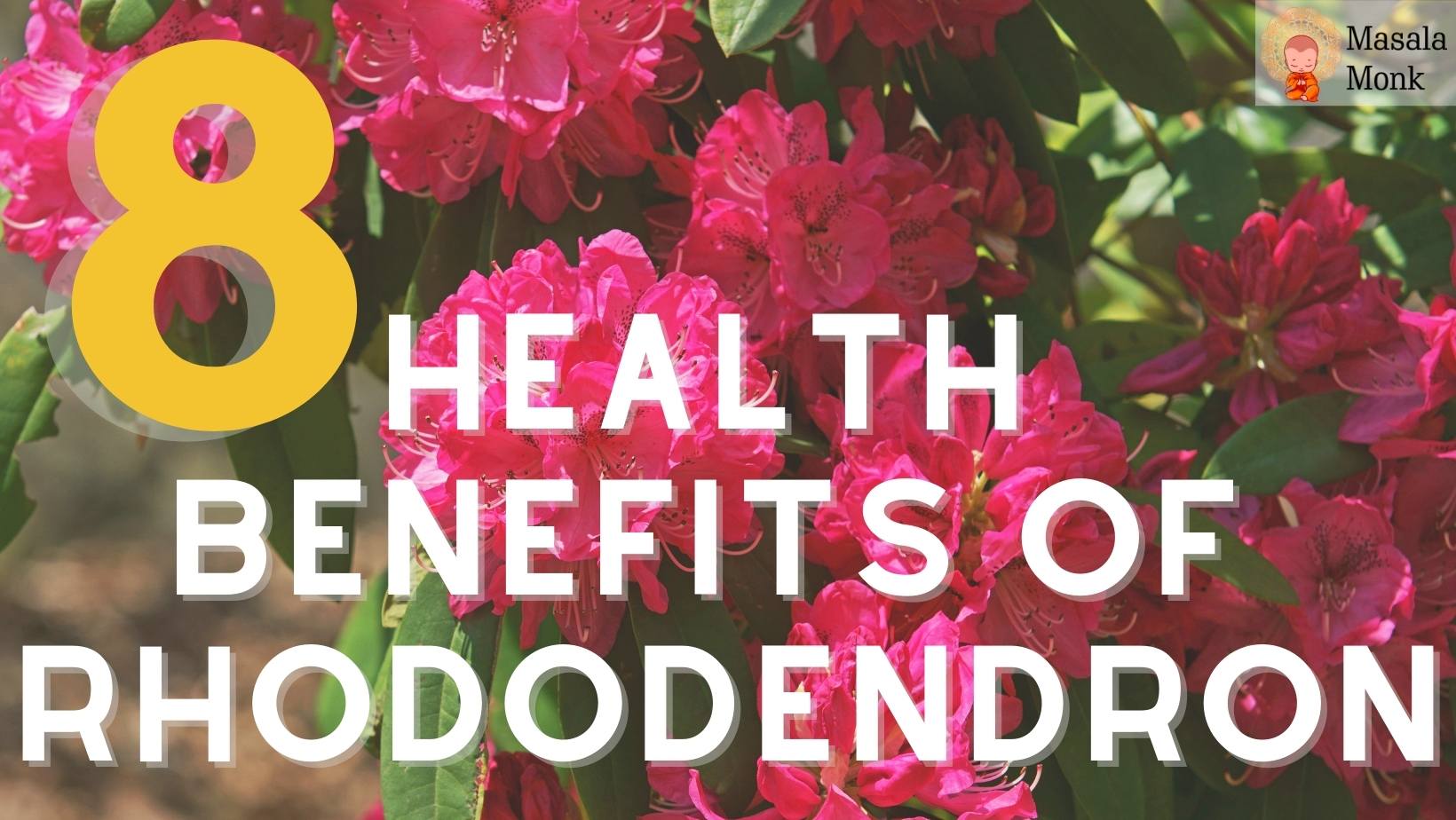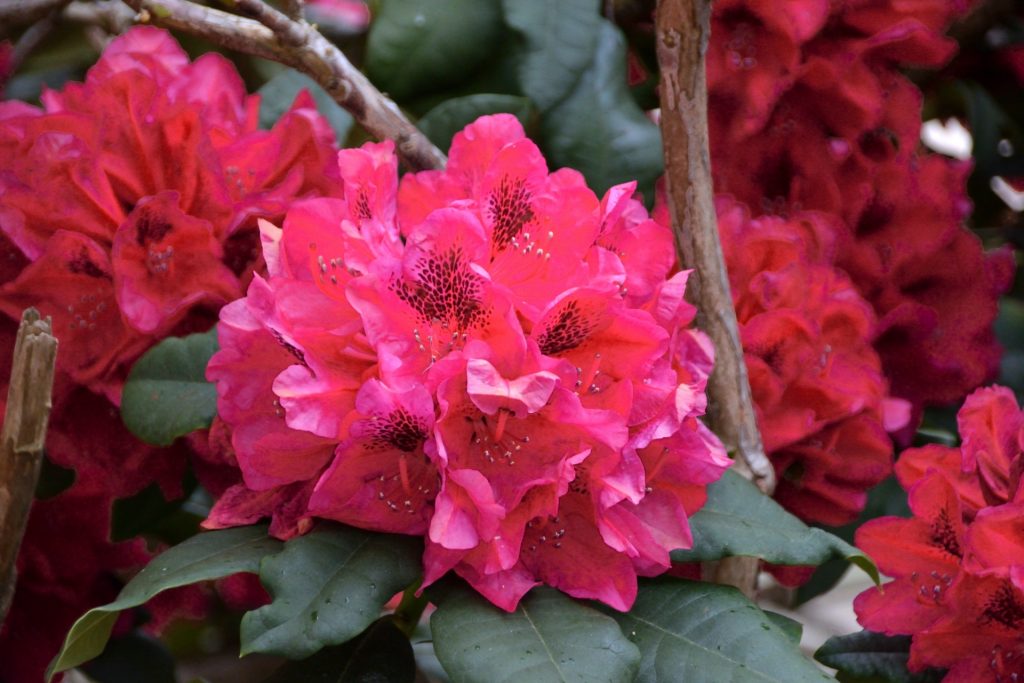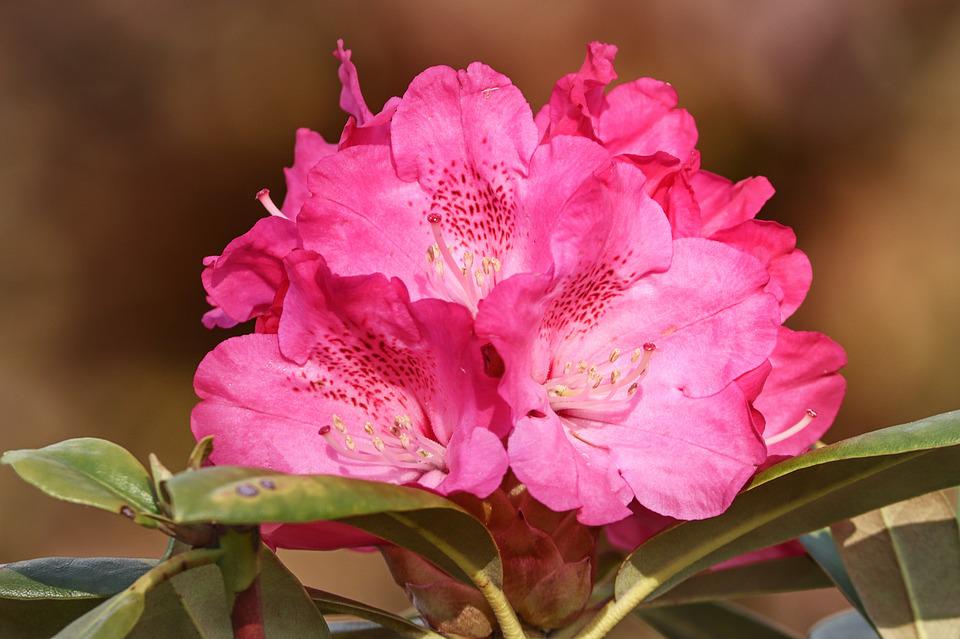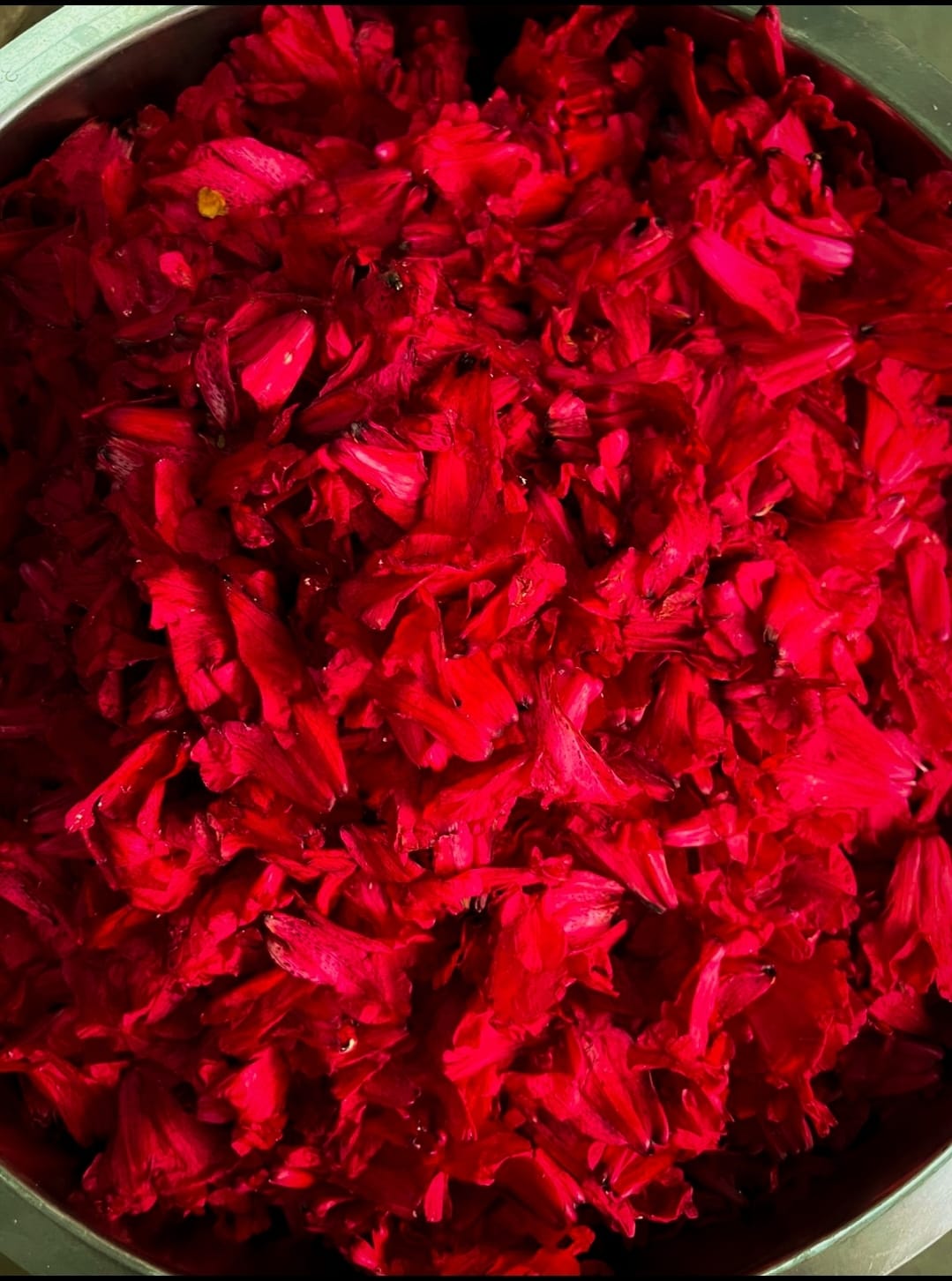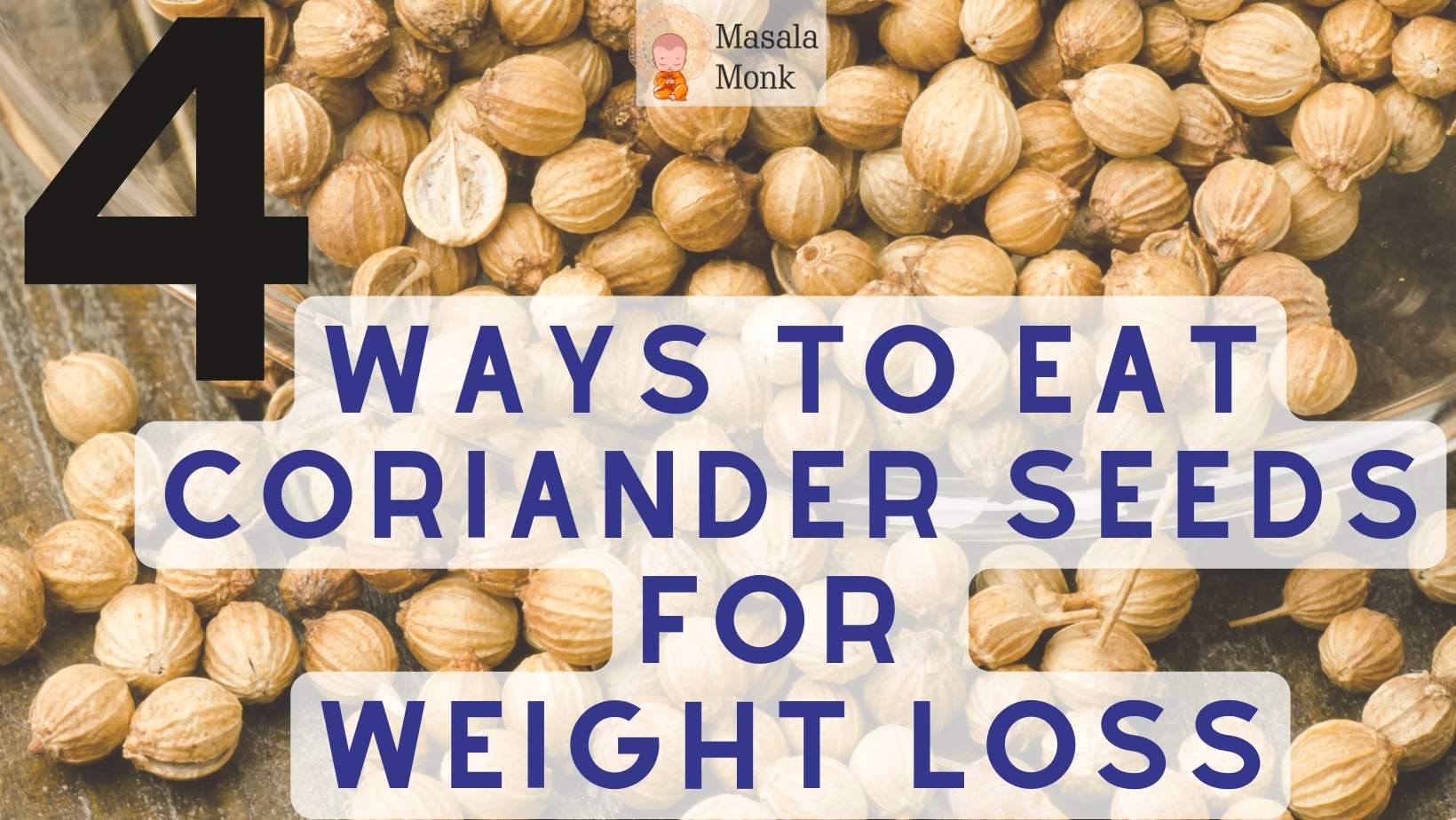
If You’ve Struck a Weight-Loss Plateau, Coriander Seeds for Weight Loss Can Be the Needle Mover for You.
Weight loss isn’t a cakewalk. It takes daily workouts, and the right foods to get your body shedding fat like crazy.
While you may not know but coriander isn’t only good for garnishing. Apart from making your cuisines look appetizing, coriander or dhania or Cilantro is fibre rich herb that helps you cut the flab.
We have unearthed the deeper secrets of coriander seeds that help you improve digestion, burn fat and stick to your diet plans.
Nutritional Potency of Coriander Seeds
A 4g serving of coriander contains:
- Vitamin A
- Vitamin C
- Vitamin E
- Calcium
- Magnesium
- Iron
- Sodium (2mg)
- Phosphorus
- Potassium (20.8mg)
- 0 fat/carbs
In totality, coriander is an excellent source of potassium as well as vitamins A and K. It also acts as a vital folic acid supplement in your diet.
How do Coriander Seeds Help You Lose Weight?
Coriander Seeds aid with weight loss by accelerating the fat-burning process during exercise and even throughout the day. It’s because coriander seeds contain a compound that alters the rate of lipid metabolism in your body. This results in more fat burn than fat storage around the belly or thigh areas.
According to research, consuming only 2g of coriander powder each day can significantly boost lipid metabolism in your body.
Ultimately, your body not only stops storing excess fat but melts away more stored fat during and after the workout.
On top of faster fat burn, there are several other benefits of coriander seeds for weight loss.
1. Boosts Metabolism
Coriander Seeds have been used in Ayurvedic medicine for ages for their digestive benefits. These help in boosting your metabolism and increase your energy levels. Thus, on days when you work out, you will be building more muscle and burning more fat.
2. Increases Carbohydrate Breakdown
We all think of a bland, carb-free diet when it comes to weight loss. But, here’s a way around it: add potassium-rich foods to your diet. Potassium helps break down carbohydrates into energy rather than fat. That’s why we use coriander seeds for weight loss as it is rich in potassium.
The best part: Even if you have a cheat meal with high-carb foods, your body will use up the carbs for producing energy.
3. High Fiber Content
Coriander Seeds are rich in fibre, which promotes the feeling of satiety for longer. Moreover, as it requires more energy to break down fibre, more stored fat is converted to energy to metabolize it.
4. Detoxifies Body
Coriander Seeds have strong chelating properties that help in cleansing your body of toxins and heavy metals. The carotenoids, terpenoids, and polyacetylenes flush out harmful free radicals and toxins from your body. With regular body detoxification, you can shed 5 to 20 pounds of your weight.
5. Improves Digestion
Coriander helps prevent stomach cramps and bloat. According to health experts, coriander water prevents the rising of bad gases in the brain (often causing severe headaches).
Pharmaceutical medicine now uses coriander and its oil as carminatives.
4 Ways You Can Use Coriander Seeds for Weight Loss
1. Coriander Seeds Tea
Coriander Seeds water is an herbal weight loss drink you can prepare at home. It helps with digestion as well as lowering blood sugar and cholesterol levels.
To prepare, boil a tsp of coriander seeds in a glass of water for 2-3 minutes. When the water changes colour, turn off the stove. Strain and drink the coriander tea on empty stomach every day to see the results within 2 weeks.
2. Coriander, Mint, and Lemon Drink
This is what we call a perfect weight loss drink. Lemon offers enormous energy while coriander offers potent antioxidants for weight loss.
To prepare, take fresh coriander and mint leaves and grind them to extract the juice. Add 1-2 glasses of water, a bit of lemon and salt to kick-start the fat-loss process (even when you aren’t gyming).
3. Dry Roast Coriander Seeds
Dry roast Coriander Seeds for weight loss benefits. Crush them to powder form and add them to your curries, salads, and smoothies for better digestion.
4. Soak Overnight Coriander Seeds
To prepare, soak 1 tbsp of coriander seeds in a cup of water overnight. Strain the seeds the next morning and enjoy on empty stomach to gear up your metabolic processes.
There are numerous types of Coriander Seeds available in the Indian Market, to have a look at what is latest in Coriander seeds on Amazon India, please Click Here.






